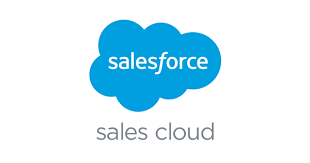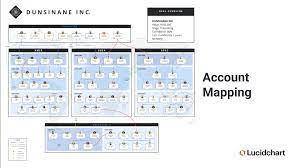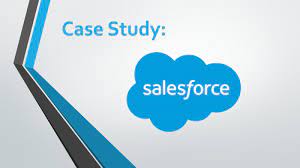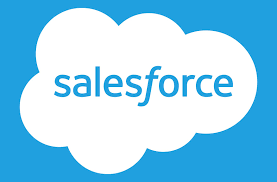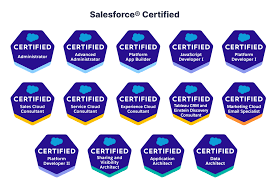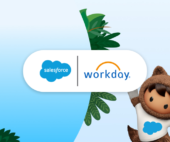Salesforce Sales Cloud for Sales Teams
Why sales teams need Salesforce Sales Cloud Sales Cloud delivers tools and technologies to aid sales teams so that they can complete their work more efficiently and effectively. These productivity-boosting features are based on core lead and opportunity management, and far beyond. Sales Cloud helps salespeople automate, manage, and monitor sales processes for optimal efficiency.

